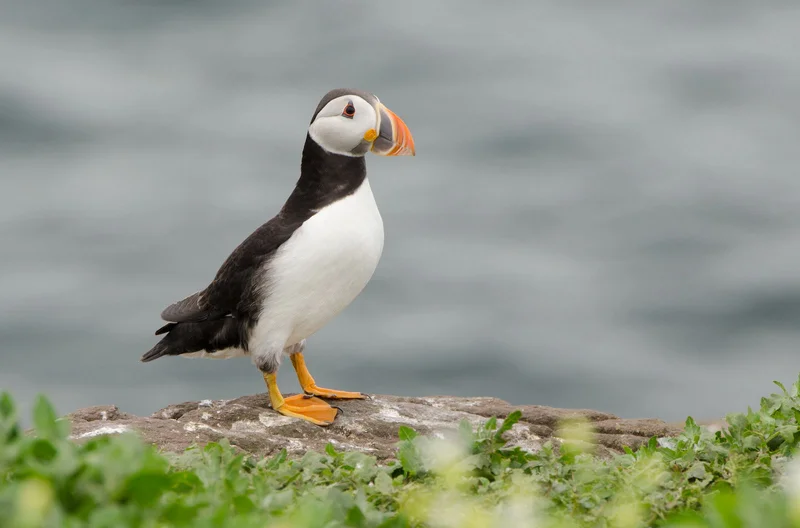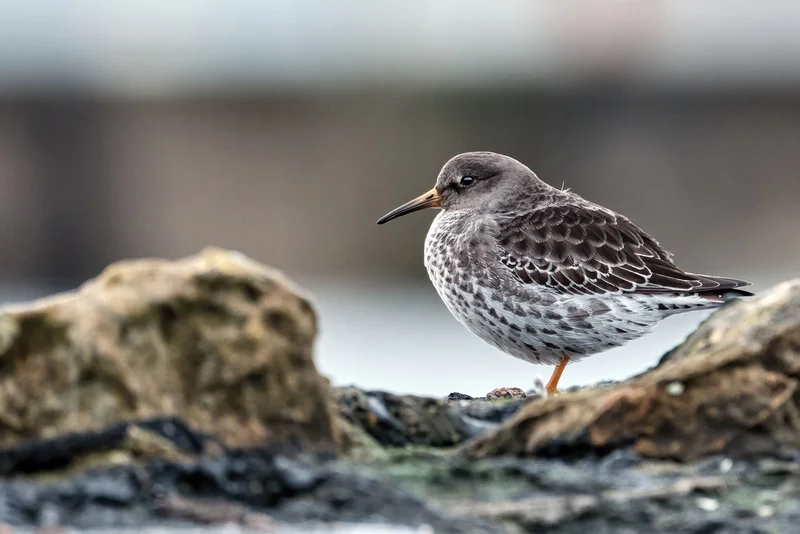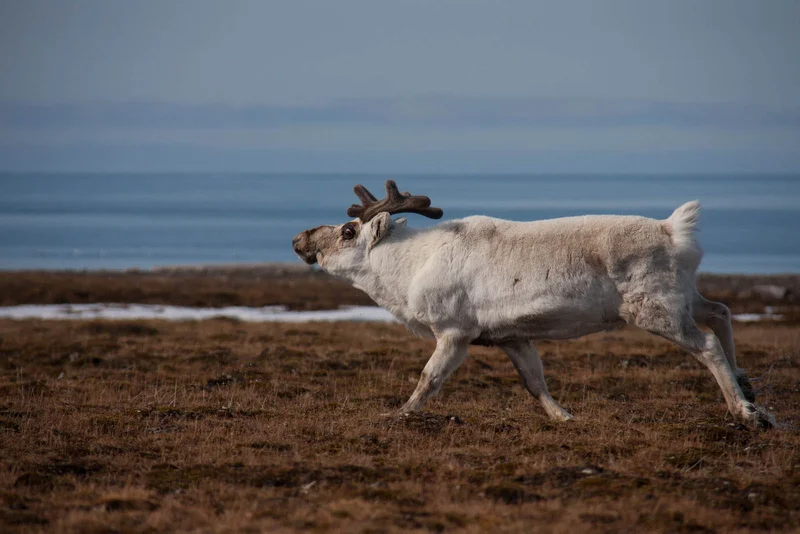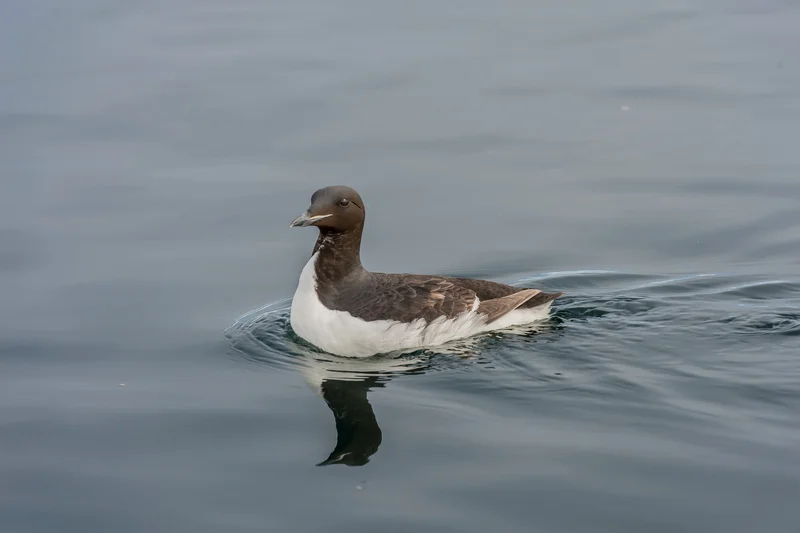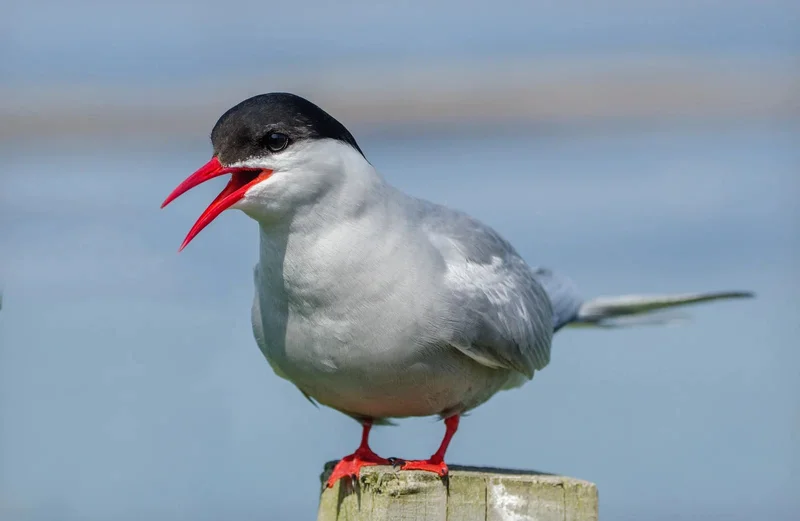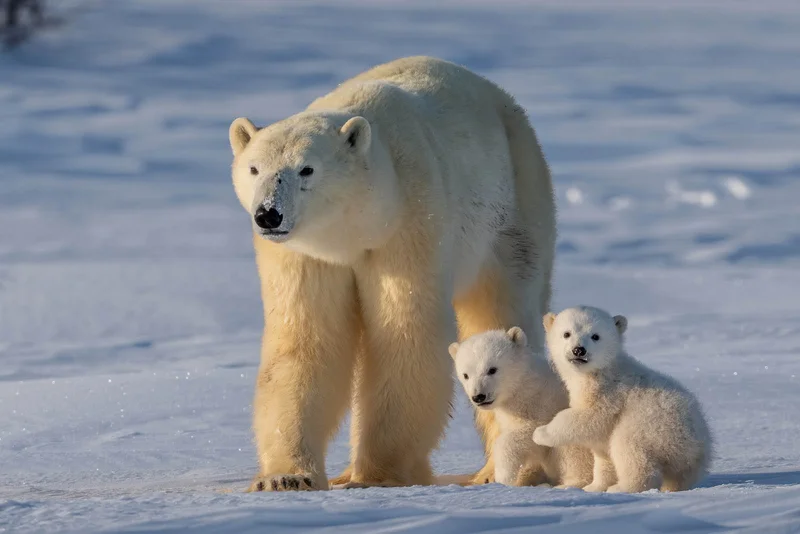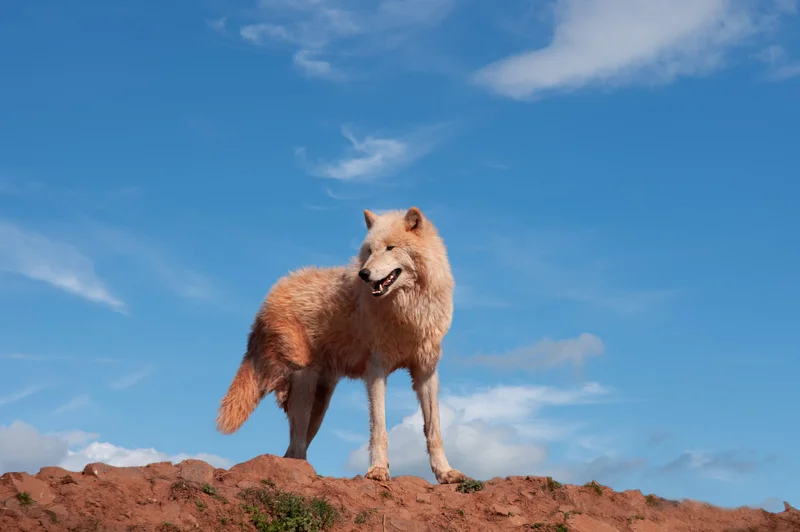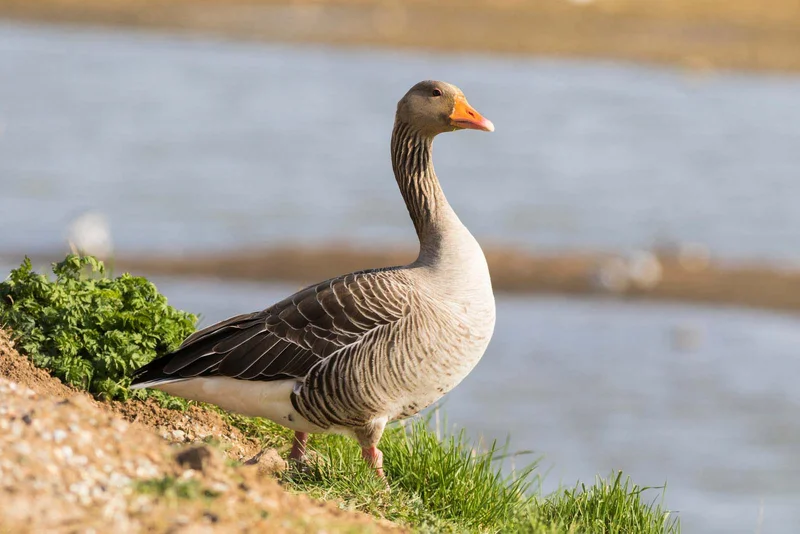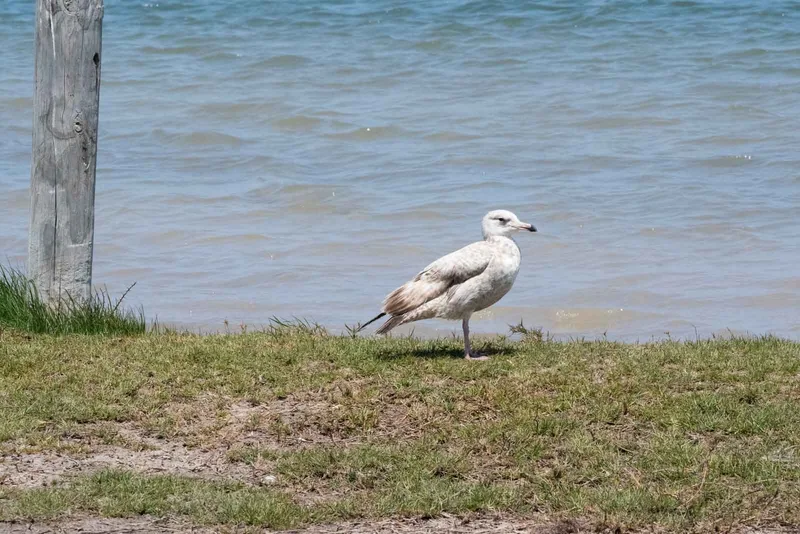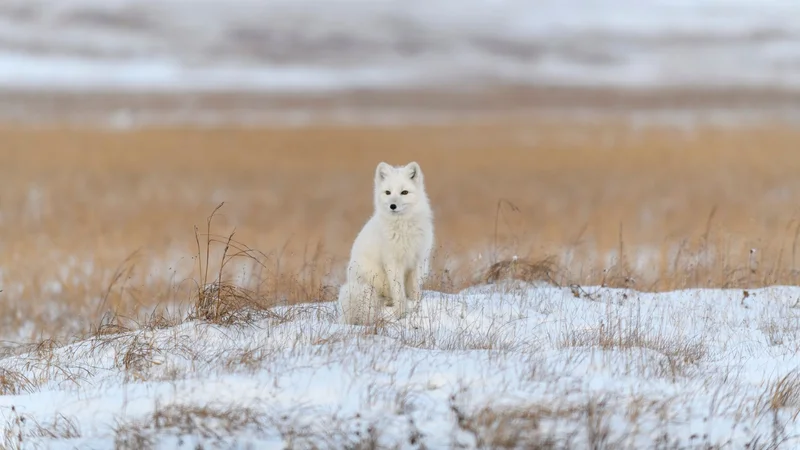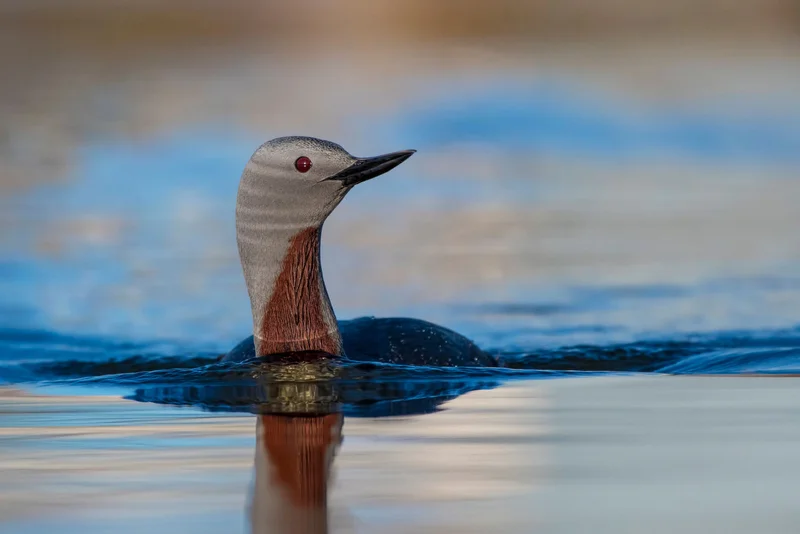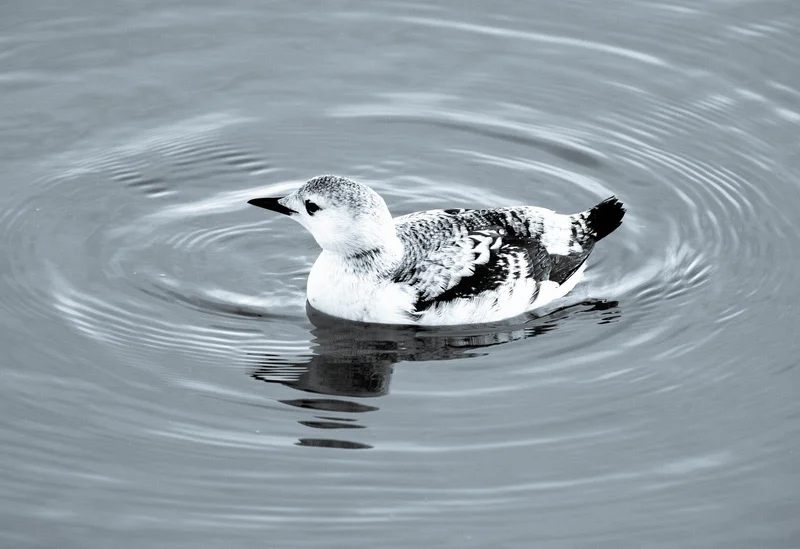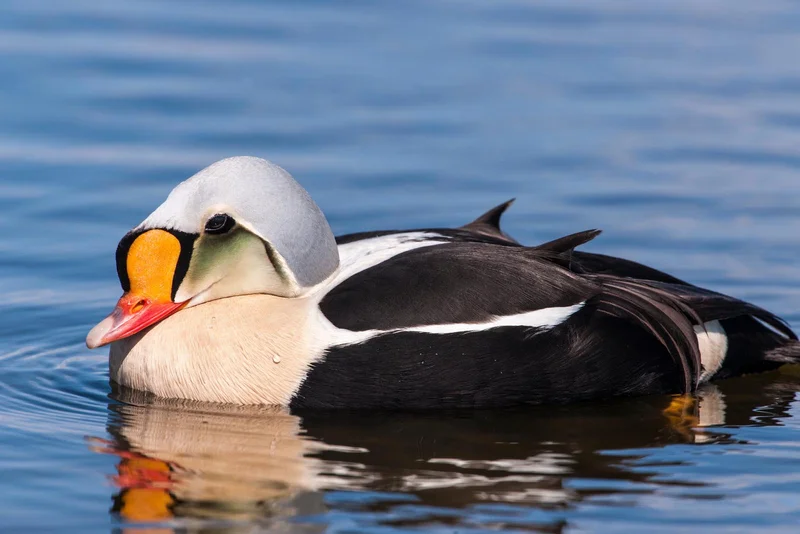Essential Bearded Seal Information
The bearded seal, distinguished by its long, bushy whiskers, is one of the largest seal species in the Arctic. The whiskers resemble a large mustache rather than a beard, giving the seal its characteristic look. Bearded seals are commonly found throughout the Arctic and sub-Arctic regions, with the largest females weighing up to 230 kg (500 lbs) and growing nearly 2.7 meters (9 feet) long. Males are smaller, but both sexes share a brownish-gray coloration, darker on the back.
Habitat and Distribution
Bearded seals prefer shallow waters, typically less than 1,000 feet deep, where they can use their sensitive whiskers to search for clams, squid, and flatfish buried in the sediment. They also eat fish, such as Arctic cod, and even sea anemones and marine worms. Found across the Arctic, their wide range and stable population put them at low risk of extinction, although they can occasionally be spotted further south in European and Japanese waters.
Behavior and Predators
Despite their size, bearded seals are relatively laid-back, often allowing humans to approach closely. Polar bears are their primary predator, with bearded seals forming a significant part of the bears' diet. Orcas also hunt these seals, sometimes tipping ice floes or creating large waves to knock them into the water for capture. Bearded seals have large, square-shaped front flippers, which have earned them the nickname "square flipper seals."
Reproduction and Pups
Bearded seal pups are typically born in April and May on small ice floes. Remarkably, they can swim just hours after birth and are weaned from their mothers after about 20 days. Young seals are curious and playful, often interacting with their environment.
Interesting Facts
- Whisker Function: Their whiskers help detect prey hidden in ocean sediments.
- Key Polar Bear Prey: Bearded seals are one of the primary food sources for polar bears.
- Early Swimmers: Pups can swim just a few hours after birth, quickly mastering their aquatic environment.


